Home>Interior Design>How To Get Rid Of Earwigs: 5 Quick Ways To Banish Them From The House
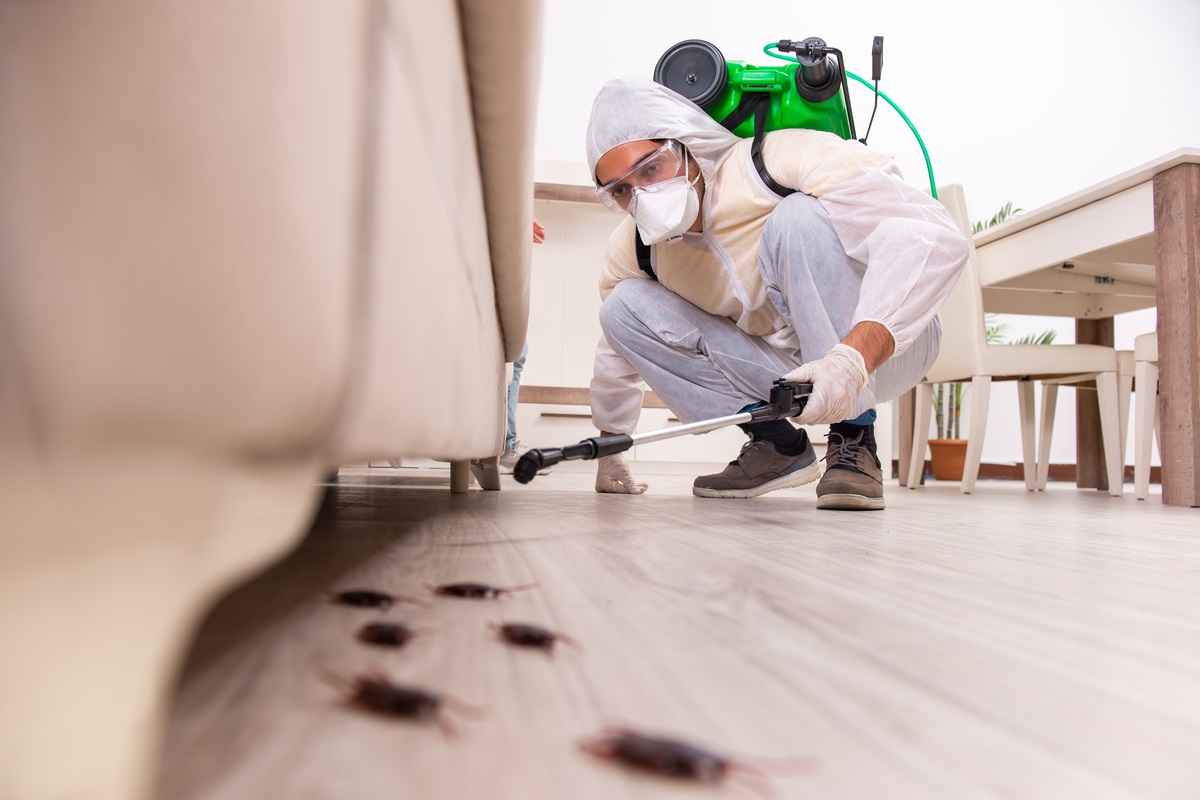

Interior Design
How To Get Rid Of Earwigs: 5 Quick Ways To Banish Them From The House
Modified: August 20, 2024
Looking to banish earwigs from your house? Discover 5 quick and effective ways to get rid of these pests with our interior design tips.
(Many of the links in this article redirect to a specific reviewed product. Your purchase of these products through affiliate links helps to generate commission for Storables.com, at no extra cost. Learn more)
How to Get Rid of Earwigs: 5 Quick Ways to Banish Them from the House
Earwigs are a common problem that many homeowners face. These small insects, known for their pincer-like appendages, can be quite a nuisance when they invade your living space. If you’re dealing with an earwig infestation and looking for effective ways to get rid of them, we’ve got you covered. In this article, we’ll explore five quick and efficient methods to banish earwigs from your house.
Key Takeaways:
- Keep your home dry and tidy to deter earwigs. Use natural repellents and seal entry points. If needed, consider professional pest control for effective elimination.
- Regularly maintain your yard, seal entry points, and use natural repellents to keep earwigs at bay. Chemical control should be a last resort, used with caution.
Read more: How To Get Rid Of Earwigs In Garden
Method 1: Remove Moisture and Dampness
Earwigs are attracted to moist and damp areas, so the first step in eliminating them is to address any excess moisture in and around your home. Check for leaky pipes, faucets, or areas with poor ventilation. Use a dehumidifier in humid rooms, like the basement or bathroom, to reduce moisture levels. Properly venting these areas can also help create an inhospitable environment for earwigs.
Method 2: Clean Up Your Yard
Earwigs thrive in environments with ample debris and clutter. To keep them at bay, regularly clean up your yard by removing piles of wood, leaves, and other organic matter. Trim your bushes and trees, keeping them away from your home’s foundation. Regularly mow your lawn to prevent tall grass that can provide hiding places for earwigs. Properly dispose of organic waste, such as grass clippings and fallen leaves, to reduce the available food source for these pests.
Method 3: Seal Entry Points
Earwigs can enter your home through small cracks and gaps around windows, doors, and foundations. Inspect your home for potential entry points and seal them using caulk or weatherstripping. Install door sweeps to close the gap between the door and the floor, and use mesh screens on windows to prevent earwigs from gaining access to your house. Taking these measures will significantly reduce the chances of earwigs invading your home.
Method 4: Natural Repellents
Using certain natural repellents can prevent earwigs from entering your home. Make use of essential oils, such as lavender, citrus, or peppermint, as these scents are known to repel earwigs. Simply soak cotton balls in the oil and place them near entry points or areas where earwig activity is high. You can also create homemade traps by mixing equal parts soy sauce and vegetable oil in a shallow container. Place these traps near earwig-infested areas to catch them.
Method 5: Chemical Control
If the earwig infestation persists despite all your efforts, you may need to resort to chemical control methods. Use insecticides that are specifically formulated to target earwigs. These products are available in various forms, such as sprays, powders, or granules. Follow the instructions carefully, ensuring proper application and safety precautions. It’s advisable to consult with a professional pest control service if you’re unsure about using chemical pesticides.
By following these five quick methods, you can effectively banish earwigs from your house. Remember, prevention is always better than cure, so take steps to maintain a clean and dry home to avoid future infestations. If the earwig problem persists or becomes overwhelming, it’s best to seek the assistance of a professional pest control expert who can provide specialized solutions to eliminate these pests once and for all.
Introduction – Understanding the Common Problem of Earwigs in Households
Earwigs are small insects that have become a common problem in many households. They are known for their distinctive pincer-like appendages, which can instill fear in anyone who comes across them. These nocturnal creatures are primarily outdoor insects but can often find their way inside homes seeking shelter, food, and moisture.
While earwigs do not pose significant health risks to humans, their presence can be quite unsettling and irritating. They are primarily considered a nuisance pest due to their nocturnal habits and tendency to hide in dark, damp areas. Earwigs are attracted to moisture, decaying organic matter, and vegetation, making them particularly common in areas with high moisture levels or gardens.
Earwigs are relatively harmless to humans, but their presence can cause discomfort and anxiety. They are mostly nocturnal, hiding in dark crevices and emerging at night to feed on plant material, insects, and decaying matter. This can make them problematic if they start damaging plants in your garden or infiltrating your home.
Once earwigs find their way inside your house, they can be found in various areas, including bathrooms, basements, kitchens, and laundry rooms. They seek out dark, damp places such as under sinks, in cracks and crevices, and around leaky pipes. While they are not dangerous or destructive pests, having these creepy crawlies roaming around your living space can be quite unsettling.
Understanding the behavior and habits of earwigs is crucial in effectively combating and preventing infestations. By implementing certain measures and making your home less appealing to earwigs, you can reduce their numbers and minimize the chances of future invasions.
In the following sections, we will explore five quick and effective methods to get rid of earwigs and banish them from your house. These methods are simple, practical, and can be implemented by any homeowner looking to maintain a pest-free living environment.
Seal up any cracks or openings in your home to prevent earwigs from entering. Use caulk or weather stripping to seal gaps around doors, windows, and utility entry points.
Method 1: Remove Moisture and Dampness – Identifying and Addressing Areas of Excess Moisture – Using Dehumidifiers and Proper Ventilation Techniques
One of the key factors that attract earwigs into your home is excess moisture and dampness. These pests thrive in humid environments, making it essential to address and eliminate any sources of moisture in your living space.
The first step is to identify areas of your home that have excessive moisture. Common culprits include basements, bathrooms, laundry rooms, and kitchens. Check for any leaky pipes, faucets, or appliances that may be contributing to the problem. Repair any leaks promptly to prevent moisture buildup.
In addition to fixing leaks, you should also consider using dehumidifiers in areas with high humidity levels. Dehumidifiers help remove excess moisture from the air, creating a less favorable environment for earwigs. Place them in locations where moisture tends to accumulate, such as basements or bathrooms.
Another important aspect of preventing moisture-related earwig problems is proper ventilation. Ensure that all rooms in your home are adequately ventilated. This can be achieved by opening windows to allow fresh air to circulate, using exhaust fans in areas prone to moisture, and utilizing air conditioning systems that help regulate humidity levels.
Furthermore, it’s important to address any condensation issues in your home. Condensation occurs when warm air comes into contact with cold surfaces, leading to moisture buildup. To prevent condensation, consider using insulation on pipes and windows, as well as installing weatherstripping to seal any gaps or cracks that may be allowing warm air to meet cold surfaces.
By removing excess moisture and dampness from your home and implementing proper ventilation techniques, you can significantly reduce the attractiveness of your living space to earwigs. This will not only help in getting rid of existing infestations but also in preventing future ones.
Method 2: Clean Up Your Yard – Eliminating Debris and Clutter that Attract Earwigs – Regularly Mowing and Maintaining the Lawn – Properly Disposing of Organic Waste
Your yard and outdoor spaces can be a haven for earwigs, providing them with the ideal habitat to thrive and multiply. To effectively get rid of earwigs and prevent them from infiltrating your home, it’s crucial to keep your yard clean and well-maintained.
Start by eliminating any debris and clutter in your yard. Earwigs are attracted to areas with organic matter, such as fallen leaves, grass clippings, or piles of wood. Remove any dead plant material, fallen branches, and other organic debris that can serve as a food source or hiding spot for these pests. Regularly rake and dispose of leaves, and keep your yard free from excess clutter.
In addition to cleaning up debris, it’s important to maintain your lawn properly. Earwigs tend to take shelter in tall grass and overgrown areas. Regularly mow your lawn to keep the grass at a manageable height, making it less appealing to earwigs. Trim bushes, shrubs, and trees that may be touching or too close to your home, as they can provide a pathway for earwigs to enter your house.
Properly disposing of organic waste is another essential step in preventing earwig infestations. Avoid leaving piles of grass clippings, fallen leaves, or other organic materials in your yard for extended periods. These materials can attract earwigs, providing them with a convenient food source and hiding place. Dispose of organic waste promptly by composting it or placing it in sealed bags for removal.
Regularly inspect and clean out any outdoor containers or garden beds. These areas can harbor moisture and provide havens for earwigs to breed and hide. Ensure that containers are dry and free from pooling water, as earwigs are drawn to moist areas. Clear out garden beds regularly, removing any decaying plant material or weeds that can attract earwigs.
By cleaning up your yard, regularly mowing the lawn, and properly disposing of organic waste, you can significantly reduce the attractiveness of your outdoor space to earwigs. This will not only help in eliminating existing infestations but also in preventing future ones from taking hold.
Method 3: Seal Entry Points – Identifying Potential Entry Points for Earwigs – Using Caulk and Weatherstripping to Seal Cracks and Gaps – Installing Door Sweeps and Mesh Screens
Earwigs can enter your home through small cracks and gaps in your windows, doors, foundation, and other entry points. To effectively keep them out, it’s important to identify and seal these potential entry points.
Start by inspecting the exterior of your home for any visible cracks or gaps. Common areas where earwigs can find entry are around windows, doors, vents, pipes, and utility lines. Seal any visible cracks or gaps using caulk or weatherstripping. Choose a high-quality caulk that is designed for outdoor use and is resistant to weathering. Pay close attention to areas where different building materials meet, as they are often prone to gaps.
When sealing windows and doors, ensure that weatherstripping is installed properly. Weatherstripping helps create a tight seal, preventing earwigs from squeezing through gaps. Install door sweeps at the bottom of exterior doors to further block entry points for earwigs. These sweeps help seal the gap between the door and the floor, eliminating potential entryways.
In addition to sealing cracks and gaps, consider installing mesh screens on windows, doors, and vents. Fine mesh screens serve as a barrier, preventing earwigs from entering your house while still allowing for ventilation. Ensure that screens are in good condition and fit tightly, without any tears or gaps that could provide access to earwigs.
Take a thorough look at your foundation and basement walls for any gaps, cracks, or openings. These areas can often provide entry points for earwigs. Use a combination of caulk and mortar to seal any visible cracks or holes, ensuring that you create a solid barrier that earwigs cannot penetrate.
Regularly inspect these sealed areas for any signs of wear and tear, and reseal as necessary. This will help maintain the integrity of the barrier and prevent any potential entry points from reemerging.
By identifying and sealing potential entry points for earwigs using caulk, weatherstripping, door sweeps, and mesh screens, you can create a formidable defense against these pests. This will significantly reduce the chances of earwigs finding their way into your home, making it a less inviting environment for them to inhabit.
Method 4: Natural Repellents – Using Essential Oils like Lavender or Citrus to Repel Earwigs – Creating Homemade Traps with Oil and Soy Sauce – Using Diatomaceous Earth as a Natural Insecticide
If you’re looking for natural ways to get rid of earwigs, there are several effective methods that can help repel these pests without the use of harsh chemicals. Utilizing natural repellents can be a safe and environmentally-friendly option to discourage earwigs from taking up residence in your home.
One natural repellent that is known to be effective against earwigs is essential oils. Oils such as lavender, citrus, or peppermint have strong scents that repel these pests. Simply soak cotton balls in the oil of your choice and place them near entry points or areas where earwig activity is high. This will help create a barrier and discourage them from entering your home.
Another effective method is creating homemade traps using oil and soy sauce. Earwigs are attracted to the scent of oil and will be lured into the trap. Mix equal parts vegetable oil and soy sauce in a shallow container and place it in areas where you suspect earwig activity. The earwigs will be attracted to the mixture and get trapped in the container, making it easier to remove them.
Diatomaceous earth can also be used as a natural insecticide to repel and eliminate earwigs. Diatomaceous earth is a fine powder that is made up of fossilized remains of diatoms, a type of algae. It works by piercing the exoskeleton of the earwigs, causing them to dehydrate and die. Sprinkle diatomaceous earth around areas where earwigs are active, such as entry points or hiding spots.
When using diatomaceous earth, it’s essential to choose food-grade quality, as it is safe to use around humans and pets. Apply the powder in thin layers, making sure to cover areas where earwigs are likely to travel. Reapply after rain or if the powder gets washed away.
Remember that natural repellents may need to be reapplied regularly to maintain their effectiveness. These methods work best as part of a comprehensive approach to earwig control, combined with other preventive measures.
By utilizing natural repellents such as essential oils, creating homemade traps with oil and soy sauce, and using diatomaceous earth as a natural insecticide, you can effectively deter and eliminate earwigs from your living space. These methods offer a safe and eco-friendly alternative to chemical-based solutions.
Method 5: Chemical Control – Understanding When and How to Use Chemical Pesticides – Using Insecticides Specifically Formulated for Earwig Control – Following Safety Precautions and Guidelines
If you’ve tried natural methods and found that earwigs persist in your home, you may need to consider chemical control methods. Chemical pesticides, when used properly and judiciously, can effectively eliminate earwigs and prevent them from returning.
Before using chemical control methods, it’s important to understand when and how to use them appropriately. Chemical pesticides should be considered as a last resort when other methods have not delivered the desired results. It’s crucial to carefully follow the instructions provided by the manufacturer and take necessary precautions to ensure your safety and the well-being of the environment.
Choose insecticides that are specifically formulated for earwig control. Look for products that are labeled for use against earwigs and contain active ingredients effective against these pests. Follow the label instructions on dosage, application methods, and safety precautions.
When using chemical insecticides, it’s important to apply them to areas where earwigs are commonly found, such as entry points, cracks, and hiding spots. Focus on areas where their presence is most prevalent, both indoors and outdoors. Apply the insecticide as directed by the manufacturer, taking care not to oversaturate the area.
Always follow safety precautions to protect yourself, others, and the environment. Wear protective clothing, such as gloves, long sleeves, and goggles, when handling and applying chemical pesticides. Keep children and pets away from treated areas until the pesticide has dried or as specified by the instructions. Store pesticides in a secure location, away from the reach of children and pets.
In addition to applying chemical pesticides, it’s crucial to address the underlying reasons for the earwig infestation. Implement preventive measures, such as sealing entry points, removing moisture sources, and maintaining a clean environment, to minimize the chances of reinfestation.
If you’re uncertain or uncomfortable with using chemical pesticides, consider seeking professional help from a licensed pest control expert. They have the knowledge and expertise to identify the best course of action and can apply pesticides safely and effectively.
Remember, the responsible use of chemical control methods is essential for the well-being of your home and the environment. Always read and adhere to the instructions and warnings provided by the manufacturer to ensure effective treatment while minimizing the impact on the ecosystem.
By understanding when and how to use chemical pesticides, using insecticides specifically formulated for earwig control, and following safety precautions and guidelines, you can effectively eliminate earwigs from your home and establish a pest-free environment for you and your family.
Conclusion – Recap of the 5 Quick Methods to Get Rid of Earwigs – Tips for Preventing Future Infestations – Seeking Professional Help if the Problem Persists
Dealing with an earwig infestation in your home can be a frustrating experience. However, by implementing the following five quick methods, you can effectively banish earwigs from your living space:
- Remove Moisture and Dampness: Identify and address areas of excess moisture, use dehumidifiers, and ensure proper ventilation.
- Clean Up Your Yard: Eliminate debris and clutter, regularly maintain and mow the lawn, and properly dispose of organic waste.
- Seal Entry Points: Identify potential entry points for earwigs, use caulk and weatherstripping to seal cracks and gaps, and install door sweeps and mesh screens.
- Natural Repellents: Utilize essential oils like lavender or citrus, create homemade traps with oil and soy sauce, and use diatomaceous earth as a natural insecticide.
- Chemical Control: Understand when and how to use chemical pesticides, use insecticides specifically formulated for earwig control, and follow safety precautions and guidelines.
To prevent future earwig infestations, it is vital to adopt some preventive measures:
- Maintain a clean and dry living environment, addressing any underlying moisture issues promptly.
- Keep your yard and outdoor spaces tidy, eliminating debris and clutter that may attract earwigs.
- Regularly inspect and seal potential entry points, such as cracks, gaps, and openings in doors, windows, and foundations.
- Utilize natural repellents, such as essential oils and diatomaceous earth, as an ongoing deterrent.
- Continuously monitor and promptly address any signs of earwig activity to prevent infestations from becoming severe.
If despite your best efforts the earwig problem persists or becomes overwhelming, it is advisable to seek the assistance of a professional pest control expert. These professionals have the knowledge, experience, and tools to effectively assess the situation and provide specialized solutions to eliminate the earwig infestation.
Remember, the key to successfully getting rid of earwigs and preventing future infestations lies in a comprehensive and proactive approach. By implementing the methods discussed in this article and taking preventative measures, you can create a pest-free environment for you and your family to enjoy.
Frequently Asked Questions about How To Get Rid Of Earwigs: 5 Quick Ways To Banish Them From The House
Was this page helpful?
At Storables.com, we guarantee accurate and reliable information. Our content, validated by Expert Board Contributors, is crafted following stringent Editorial Policies. We're committed to providing you with well-researched, expert-backed insights for all your informational needs.
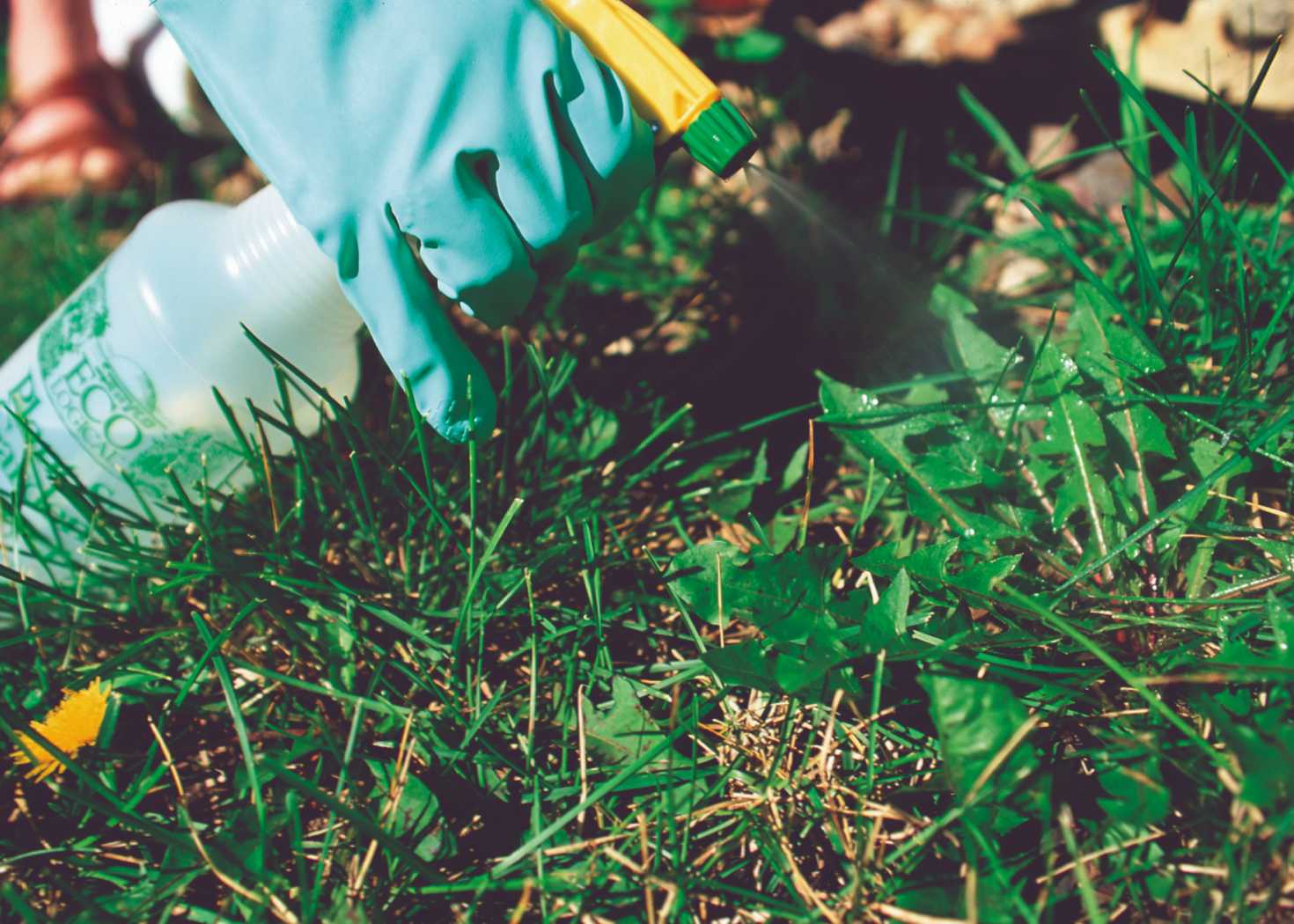


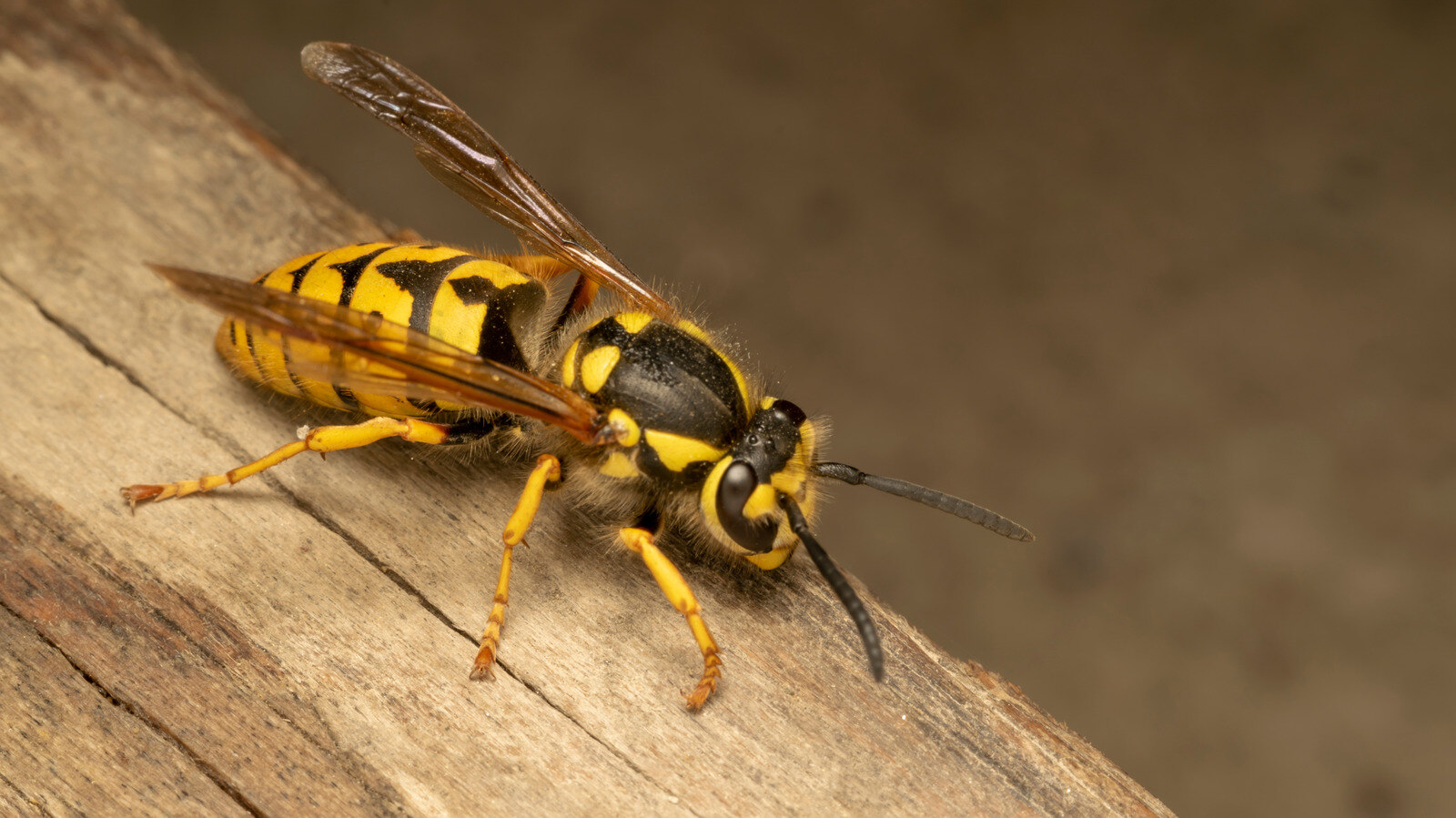

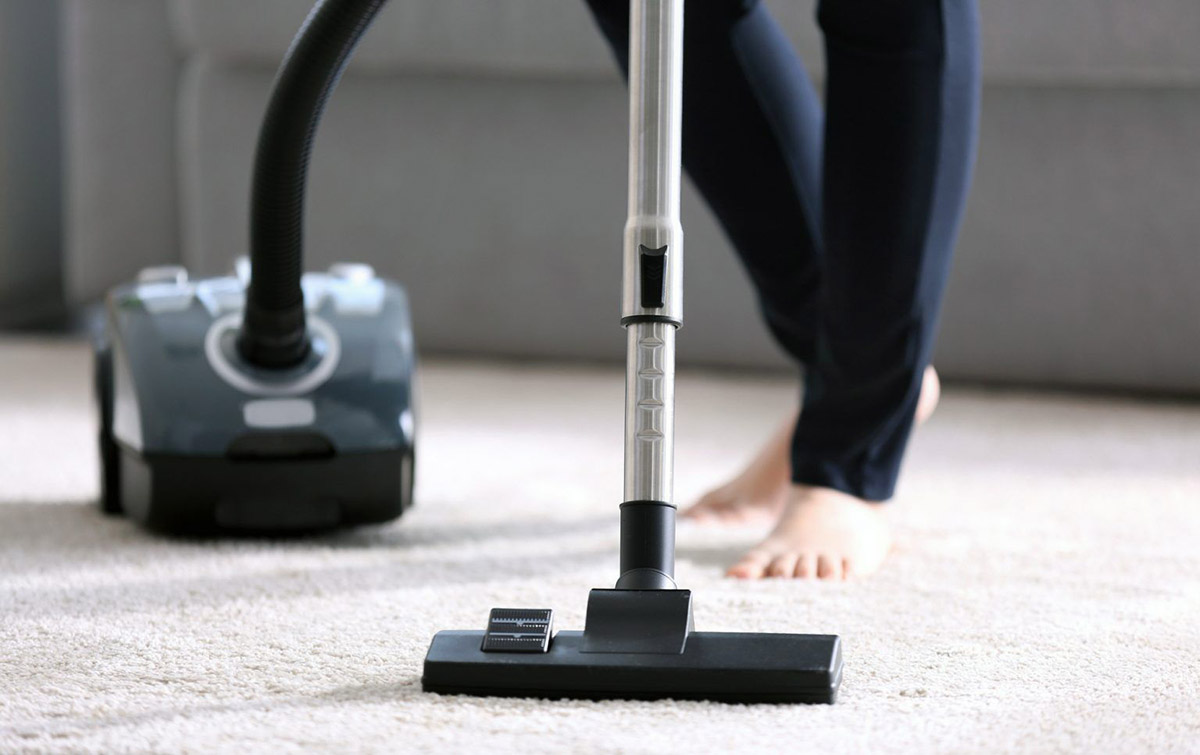
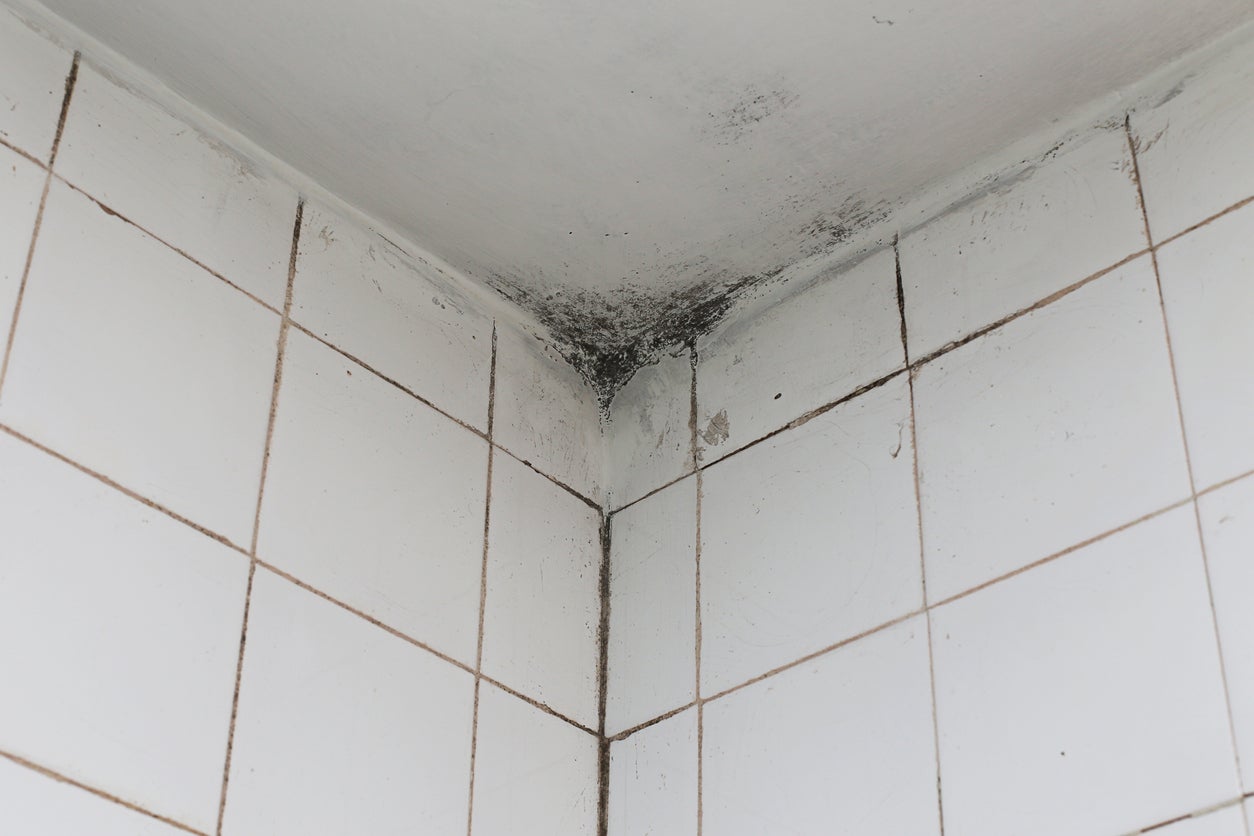
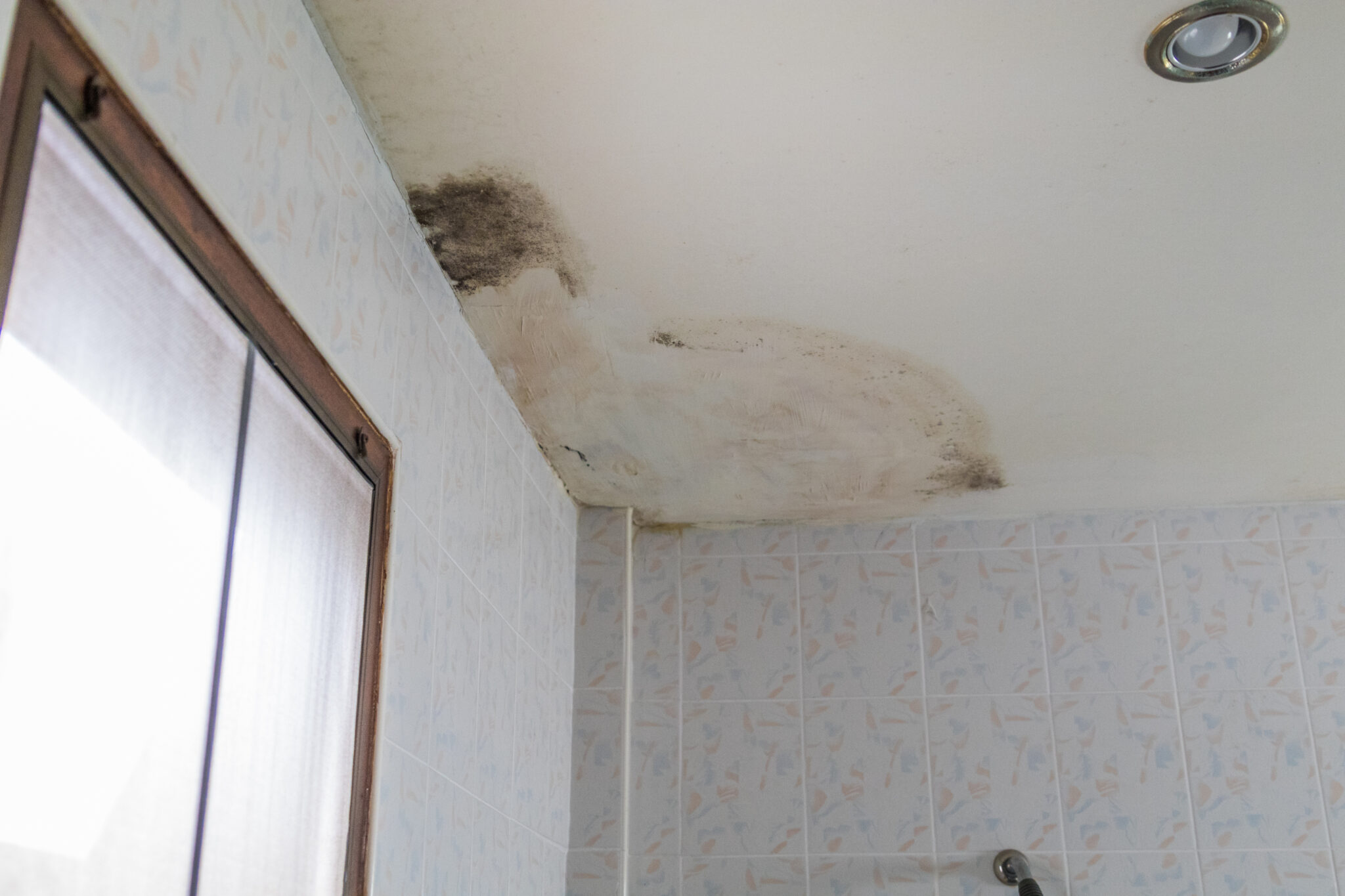
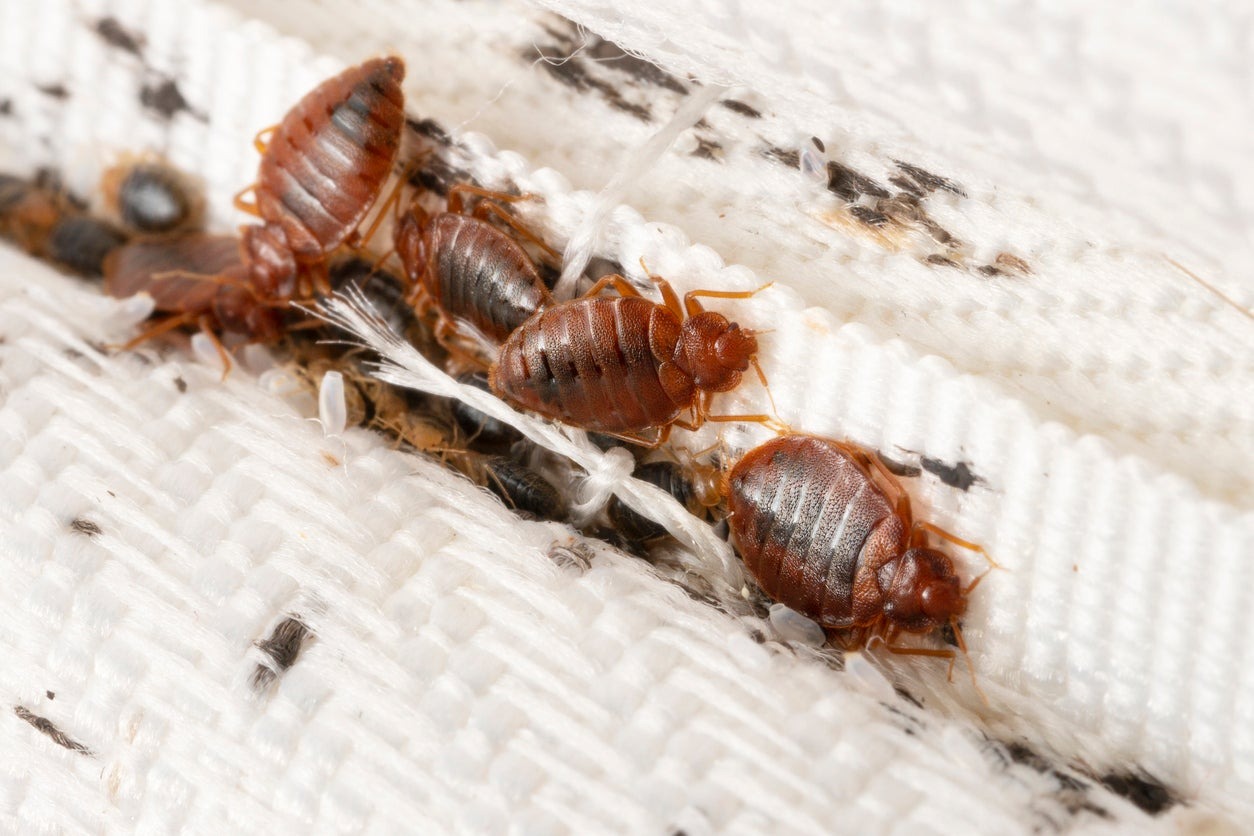
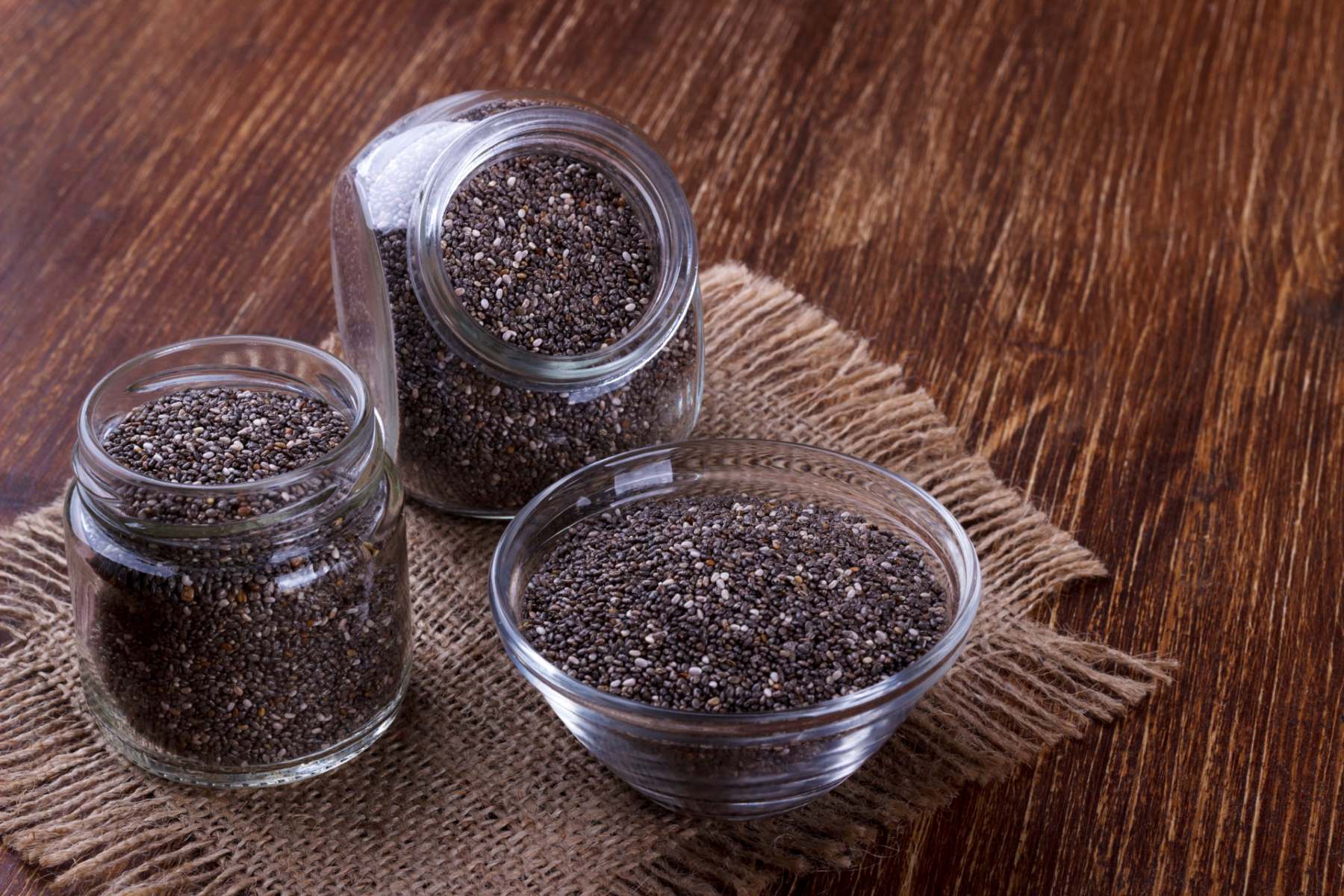




0 thoughts on “How To Get Rid Of Earwigs: 5 Quick Ways To Banish Them From The House”